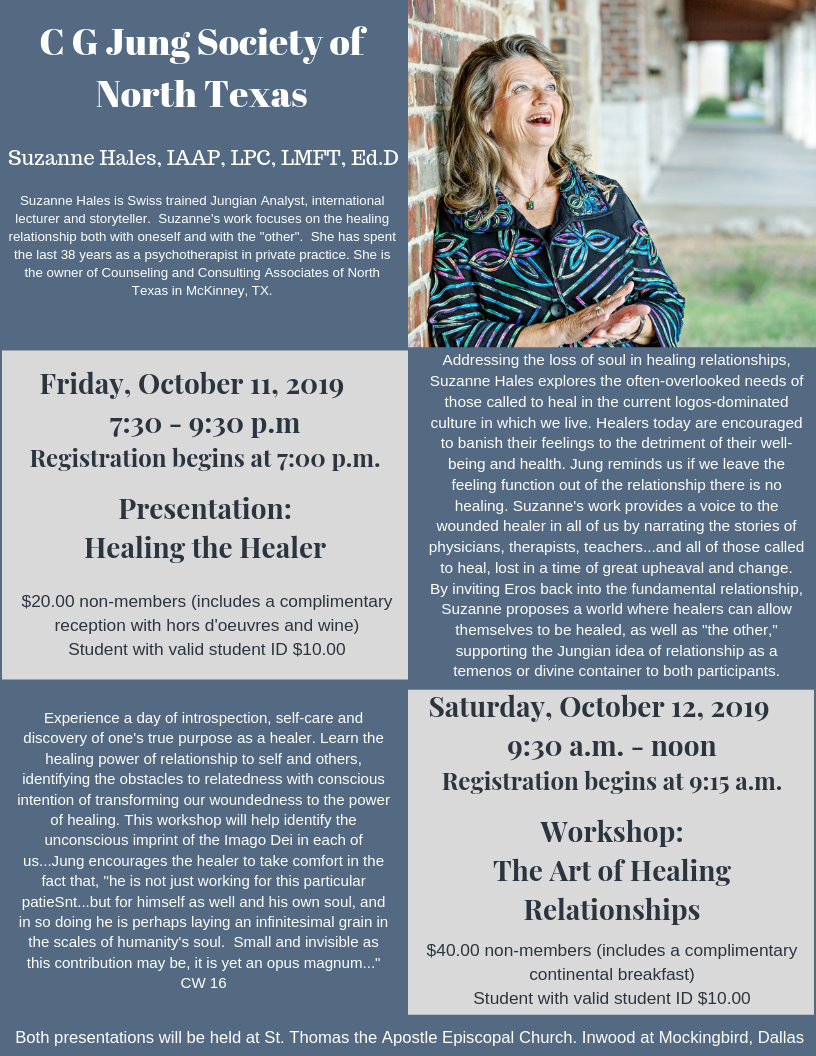Art therapy is a unique form of therapeutic treatment that involves the use of creative processes to improve mental, emotional, and physical well-being. It enables individuals to explore their thoughts, emotions, and challenges through the act of creating art. By engaging with different art forms like painting, drawing, and sculpture, individuals can communicate feelings they might struggle to put into words. This powerful technique is used in a wide range of therapeutic settings to assist with a variety of mental health and emotional issues.
What is Art Therapy and How Does it Work?
Art therapy is a structured approach to healing that integrates the creative process with psychological principles. The use of art allows individuals to bypass the limitations of verbal expression, offering a pathway to understanding and healing. Art therapists guide participants in using artistic expression to explore their emotions, improve mental clarity, and develop healthier coping strategies.
The Core Benefits of Art Therapy
-
Emotional Release: Art therapy provides an outlet for individuals to express complex emotions that may be hard to articulate.
-
Self-Awareness: The creative process helps individuals gain deeper insights into their inner world, making it easier to understand themselves.
-
Stress Reduction: Engaging in art has been shown to lower stress levels and promote relaxation.
How Art Therapy Works in Practice
In a typical art therapy session, clients are encouraged to use various artistic mediums to express their emotions or thoughts. The process doesn’t focus on creating aesthetically pleasing work, but rather on the emotional journey. Art therapists help individuals interpret the symbolism of their artwork to uncover underlying thoughts and feelings.
Types of Art Therapy Techniques
Art therapy encompasses a variety of techniques that cater to different emotional and psychological needs. These methods include:
-
Drawing and Painting: Using colors and shapes to represent feelings or experiences.
-
Sculpture: Shaping materials like clay or wood to express inner thoughts and struggles.
-
Collage Making: Combining images from magazines or photographs to create visual representations of feelings.
-
Photography: Capturing photos that reflect a person’s emotional state or personal journey.
Each technique offers unique benefits depending on the individual’s preferences and needs.
What is Art Therapy Used For?
Art therapy is utilized for a wide range of therapeutic goals, including emotional, mental, and physical healing. Below are the main areas where art therapy can be especially beneficial:
Mental Health Treatment
Art therapy is used to address various mental health issues such as anxiety, depression, and PTSD. The process of creating art helps individuals to process difficult emotions in a non-verbal way, making it easier for them to cope with overwhelming feelings.
Trauma Healing
For those who have experienced trauma, art therapy can provide a safe and supportive environment to explore and heal from past events. The act of creating artwork can be cathartic, helping individuals to reframe their experiences and gain a sense of control over their emotions.
Behavioral Health
Art therapy is also effective in managing behaviors associated with conditions like ADHD, autism, and other developmental disorders. It helps individuals channel their energy into productive and calming activities, promoting self-regulation and emotional growth.
Art Therapy for Children: Why It’s Important
-
Non-Verbal Expression: Art therapy allows children to express complex emotions they may not have the words for.
-
Boosts Self-Esteem: Creating art fosters a sense of accomplishment, helping children build confidence.
-
Social Skills: Group art therapy encourages collaboration and improves communication skills in children.
By engaging children in art, therapists can create a space where they feel comfortable addressing their emotional and psychological needs.
The Role of Art Therapy in Rehabilitation
Art therapy plays a crucial role in the rehabilitation process for individuals recovering from various physical and emotional challenges. Whether it’s recovering from a serious illness, injury, or addiction, art therapy can support the healing journey in several ways:
Physical Rehabilitation
In physical therapy, art activities can be used to improve motor skills, increase hand-eye coordination, and promote relaxation.
Addiction Recovery
Art therapy is increasingly used in addiction treatment centers, helping individuals process emotions and triggers related to substance abuse, and encouraging healthier coping mechanisms.
FAQs About Art Therapy
1. Can art therapy help with depression?
Yes, art therapy is highly effective for treating depression. It provides a safe space for individuals to express their feelings and gain insights into their emotional state.
2. Do you need to be good at art to benefit from art therapy?
No, you do not need to be an artist to benefit from art therapy. The focus is on the therapeutic process, not on creating perfect artwork.
3. Is art therapy suitable for children?
Absolutely! Art therapy is particularly beneficial for children as it allows them to express feelings they may not be able to verbalize.
4. Can art therapy help with trauma recovery?
Yes, art therapy is widely used in trauma recovery. It provides a non-verbal outlet for individuals to process traumatic events and emotions safely.
5. How long does an art therapy session typically last?
Art therapy sessions usually last between 45 to 60 minutes, depending on the therapist’s approach and the needs of the client.
6. What types of art materials are used in art therapy?
Common materials include paints, pencils, clay, markers, paper, and sometimes digital media. The materials depend on the specific therapeutic goals.
Conclusion
Art therapy is a transformative therapeutic tool that allows individuals to unlock emotional healing, self-expression, and personal growth. Whether dealing with trauma, mental health struggles, or physical rehabilitation, art therapy offers a safe and effective approach to emotional wellness. Through creativity, individuals can explore their feelings, process complex emotions, and find new ways to cope with life’s challenges.



